The Cat Nutrition Forum is a very active one. Threads cover many topics. Some people want to know how much to feed their cat. Others ask for opinions about particular brands of cat food.
Many ask about which type of food to give their cat (dry, wet or homemade). Occasionally, we get questions about some pretty specific issues regarding feline nutrition, such as the recommended ratio between certain minerals in cat food.
Answers abound - but what does science actually tells us about these things?
Why we need to look for evidence-based science
We all want our cats to get the best possible nutrition and most of us look to science to provide us with evidence-based answers.
Well, here's the thing: When it comes to feline nutrition, science may not have all, or even most, of the answers.
Evidence-based science requires repeated large-scale studies, preferably controlled double-blind experiments, or at least cohort studies.
When nutritional questions are to be answered in full, studies should be lifelong (assuming we are seeking answers pertinent to lifelong nutrition).
The sad truth is: There are no such studies about cats. No lifelong studies exist to prove much of anything when it comes to feeding cats.
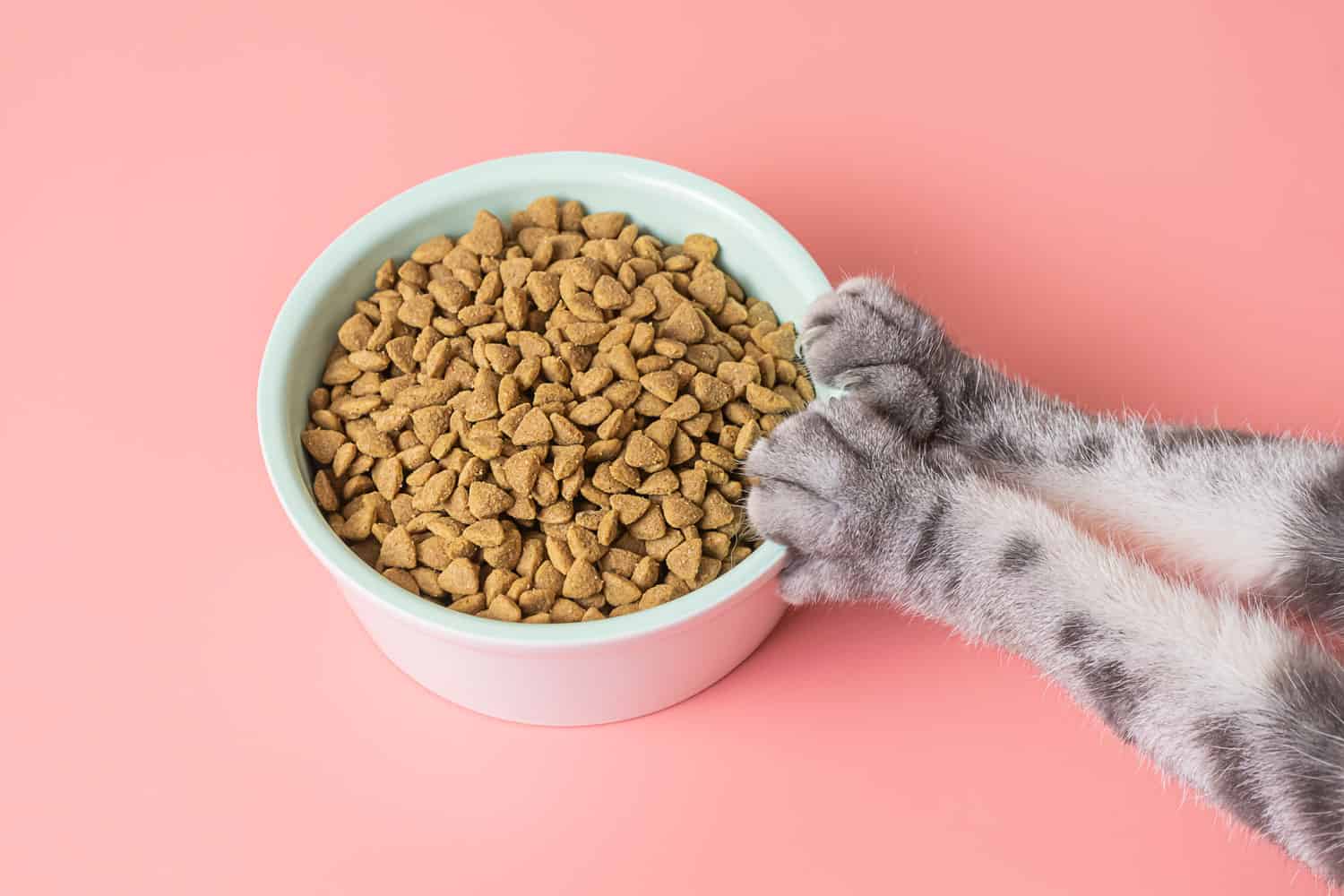
Websites that would have you believe there are simple truths to feeding cats often present personal beliefs as science.
Just because someone, regardless of their professional background, strongly believes that one type of food or feeding is superior to another does not mean much.
They may be right, or they may be wrong - we have no actual established scientific evidence to say either way.
Don't confuse opinion with scientific fact
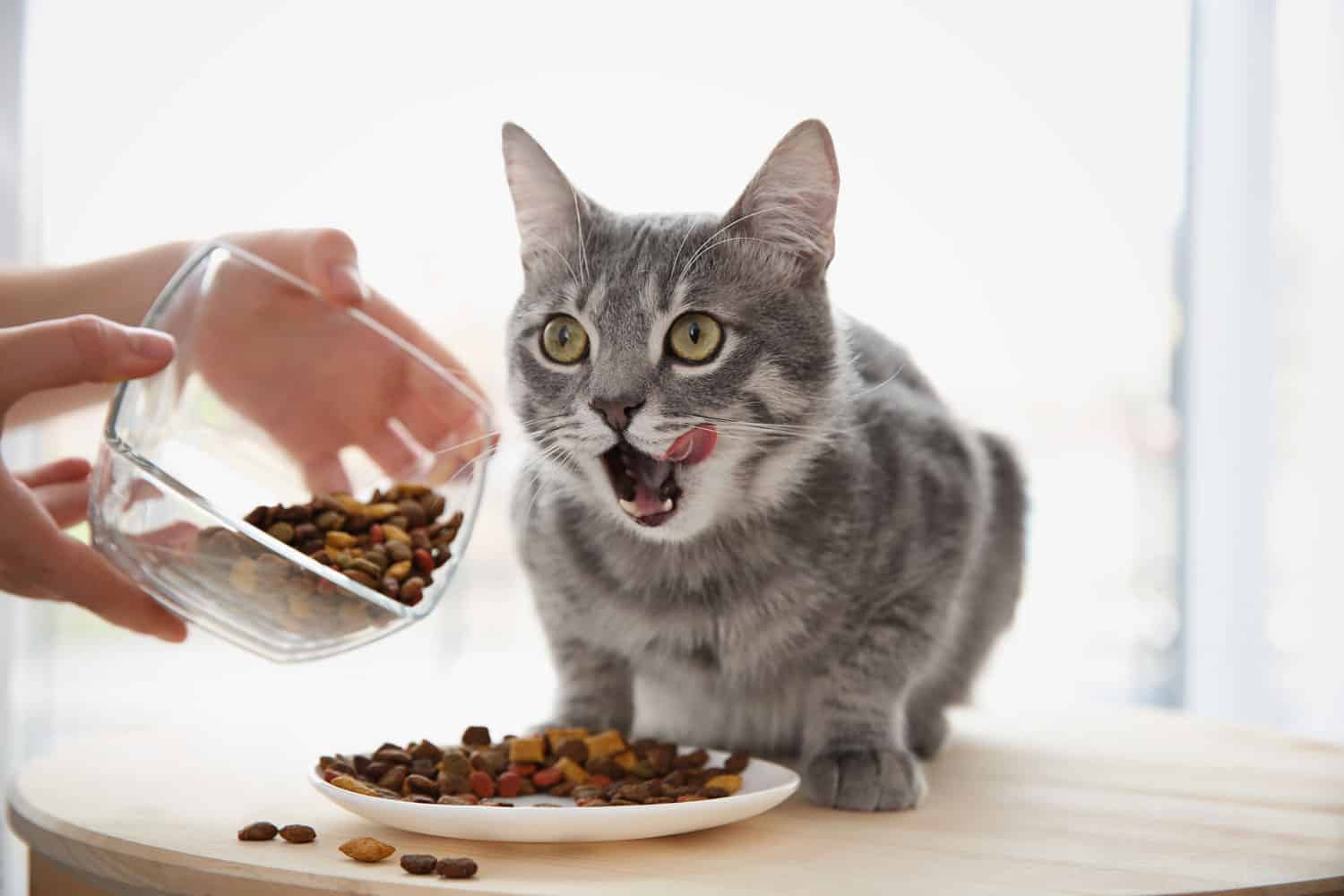
Two things should not be confused with scientific evidence:
1. Anecdotal Evidence
Despite the title, anecdotal evidence is simply stories related by other people. People's stories are always affected by various biases and fallacies and are not considered a reliable source.
They may have some value when documented in detail and published in a peer-reviewed journal as Case Studies. Even so, case studies can only serve as a trigger for further research.
On their own, they cannot be relied on as evidence.
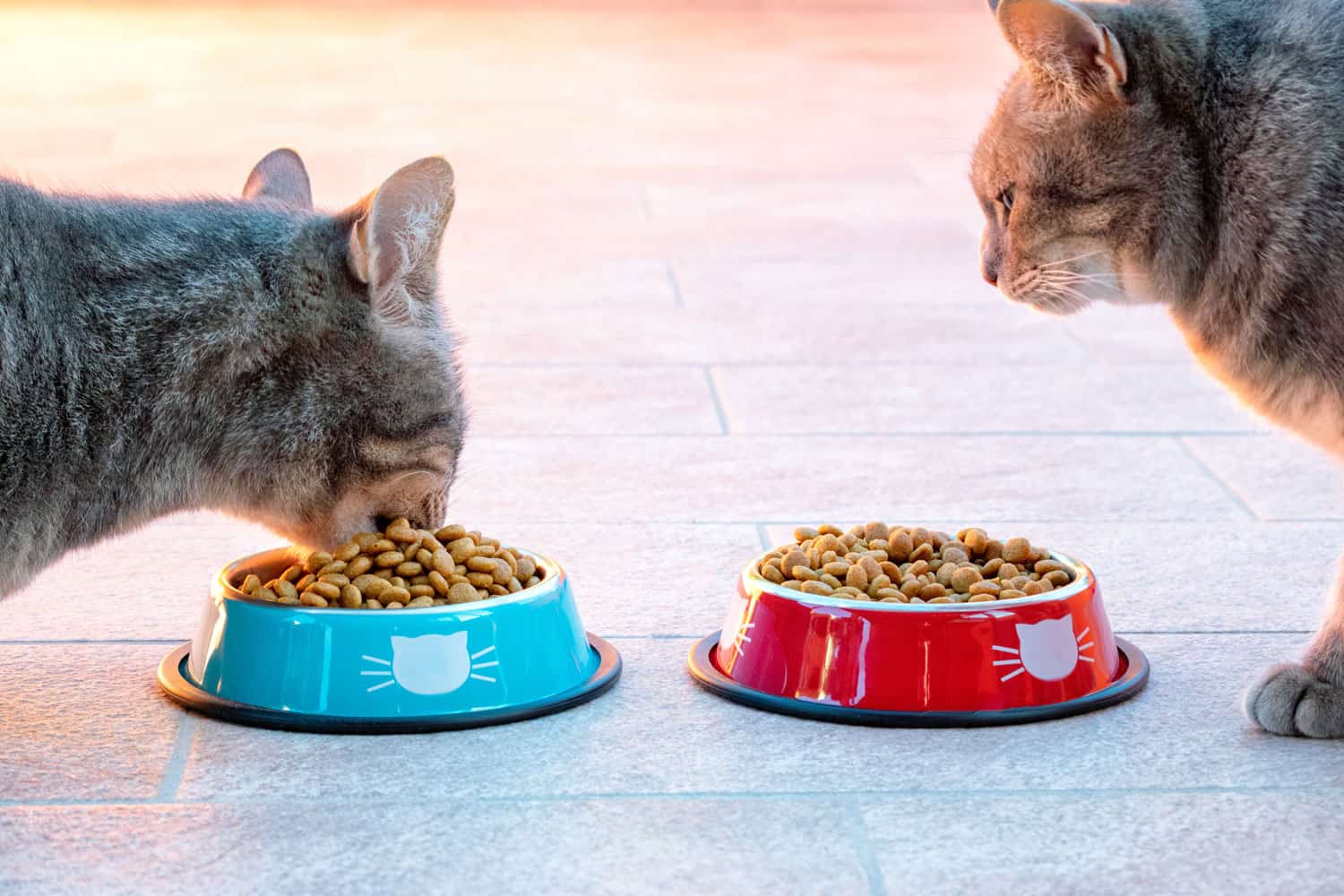
SIGN UP FOR THECATSITE'S EMAIL UPDATES >
2. The Natural Fallacy
Assuming that something is "natural" and thus should be practiced has some intuitive merit but little scientific value.
There are several reasons why "natural" does not equate with "good" when it comes to nutrition. For one thing, we don't really know what "natural" actually means.
Different species of small felines, and even felines of the same species in different habitats, have different diets.
Another problem is with the changes a species goes through: The lifestyle of the average house cat is certainly different from that of its ancestors, so who's to say what changes may have occurred in its nutritional needs?
Also, "natural" is sometimes used to describe ingredients that are grown or harvested rather than synthesized in a lab.
The problem is their natural origin does not necessarily make them safer or less toxic. Take mercury for example. It's a metal that's naturally found in the environment but is not safe for consumption.
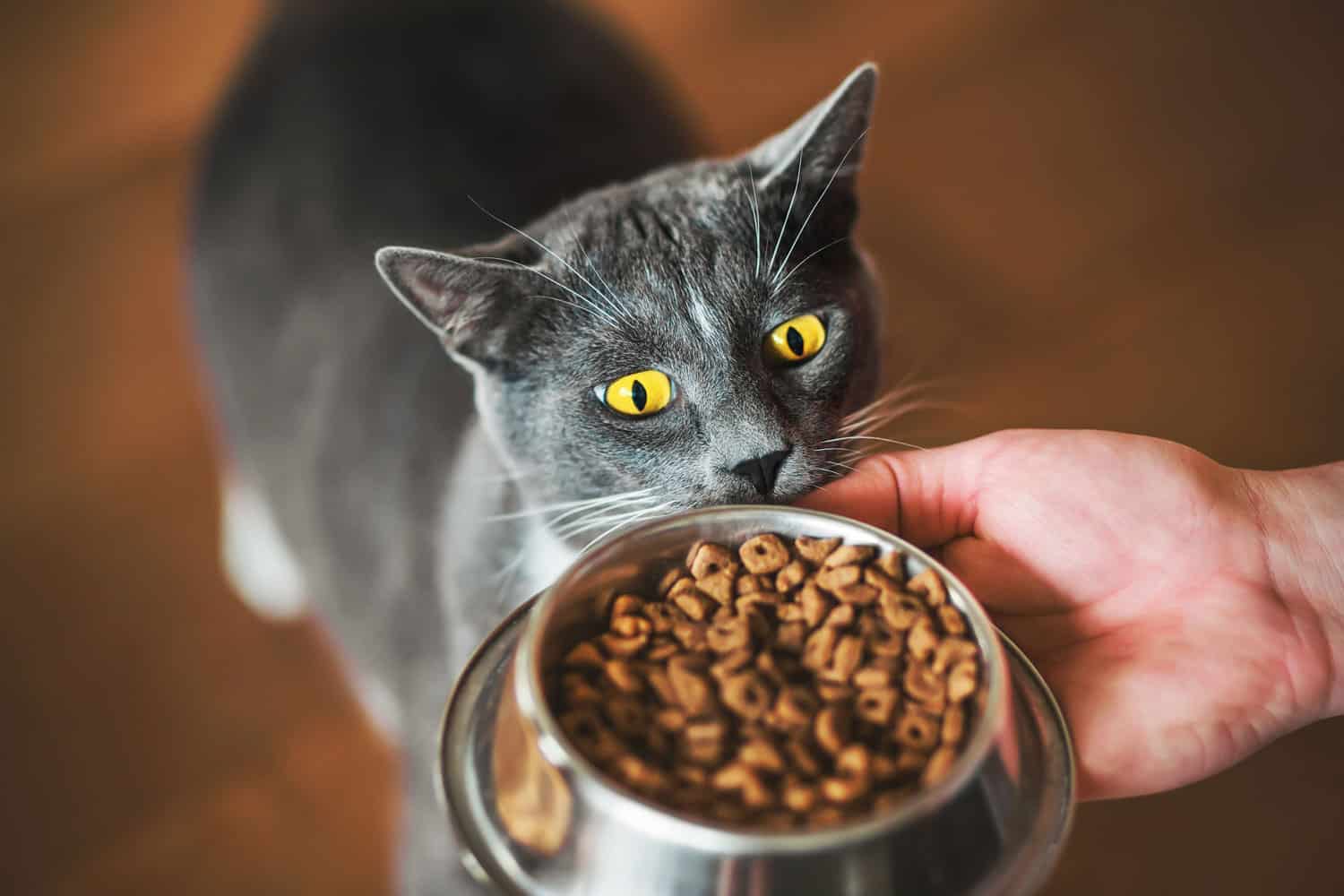
Many more questions can be raised. The sad truth is there simply is not enough research going on to provide us with data regarding feline nutrition.
Current Feline Nutrition Research
Our current concrete knowledge is limited to the food trials performed over the years to establish the current feeding guidelines.
These guidelines should be maintained for any type of diet, commercial or homemade, but are they really the best there is for the long term?
Does following them really guarantee the best possible health for our kitties? It's anyone's guess at this point. We simply do not know. All we know is that these are the minimum requirements for cats to survive.
For some of us, the lack of certainty isn't easy. We want to be reassured that we are doing the best for our cats, and so we try harder and research more.
I do think it's a good thing, as long as one remembers to separate the wheat from the chaff and stick to the actual evidence-based science behind feline nutrition.
Even if there is very little wheat left after the separation process.
SIGN UP FOR THECATSITE'S EMAIL UPDATES >
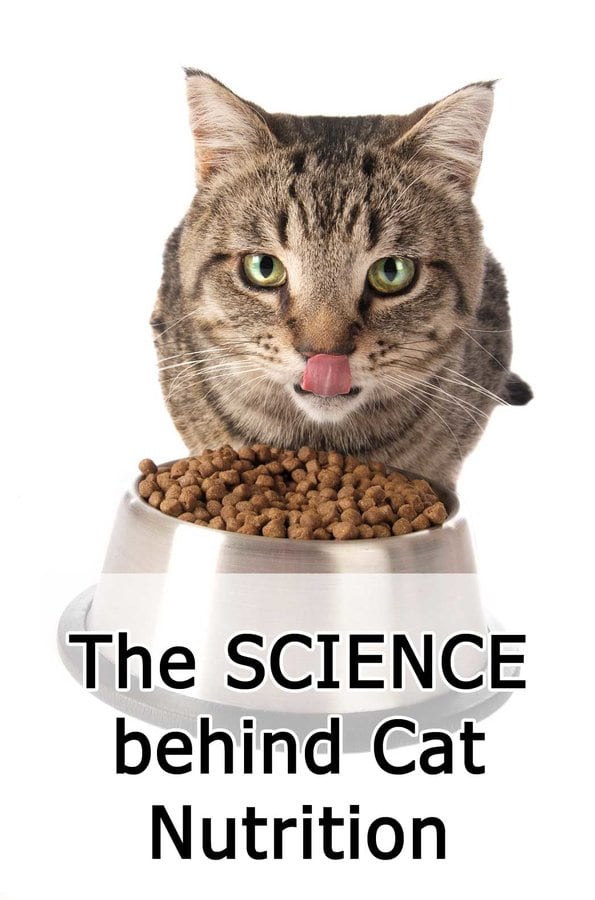
Note: We may get commissions for purchases made through links on this page.

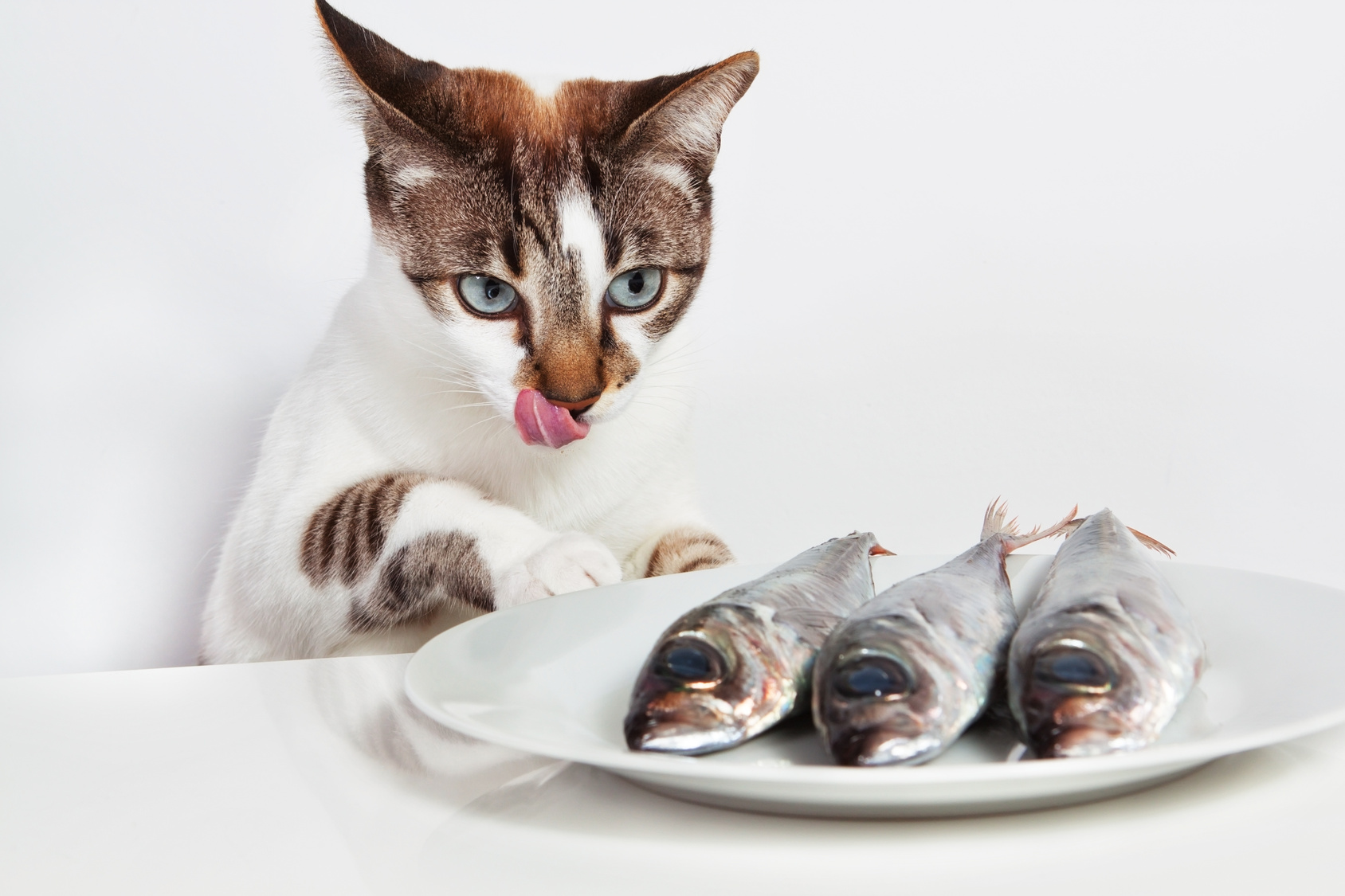
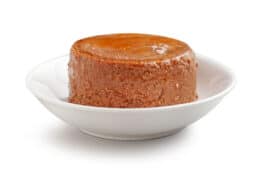
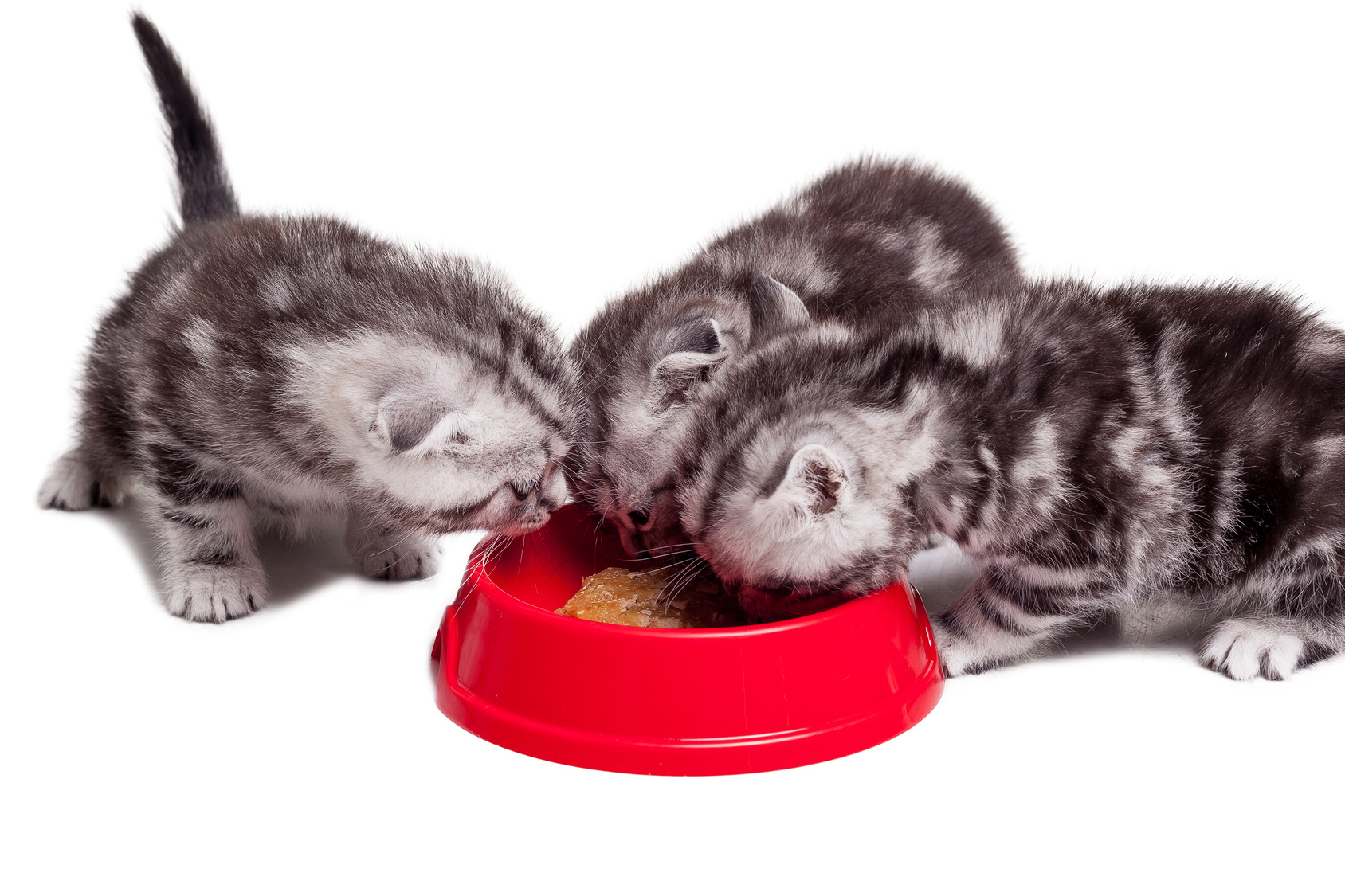
4 comments on “The Science Behind Cat Nutrition”